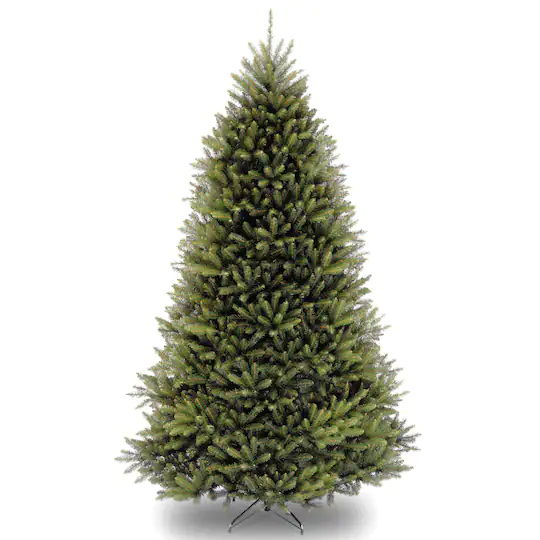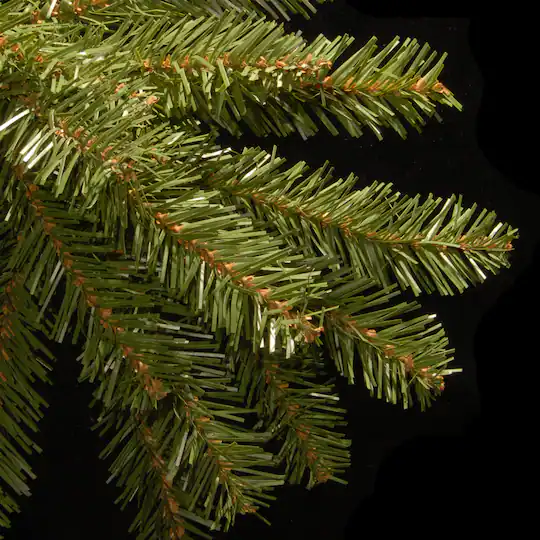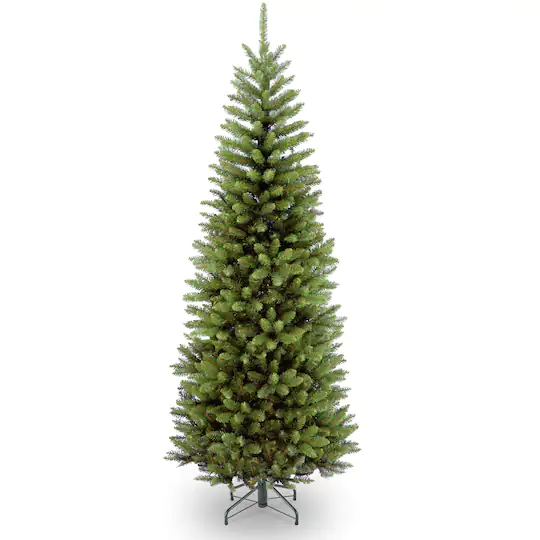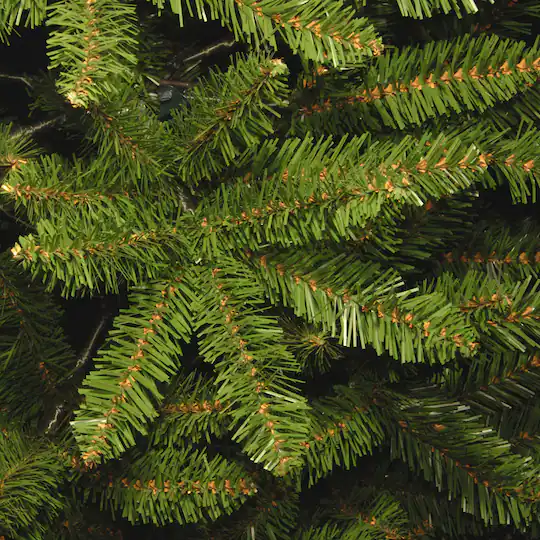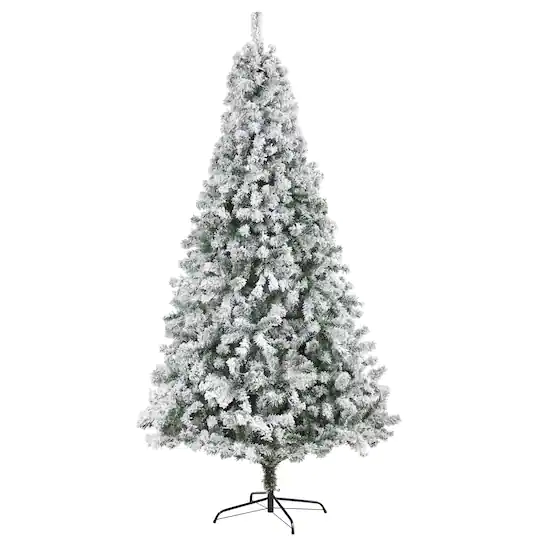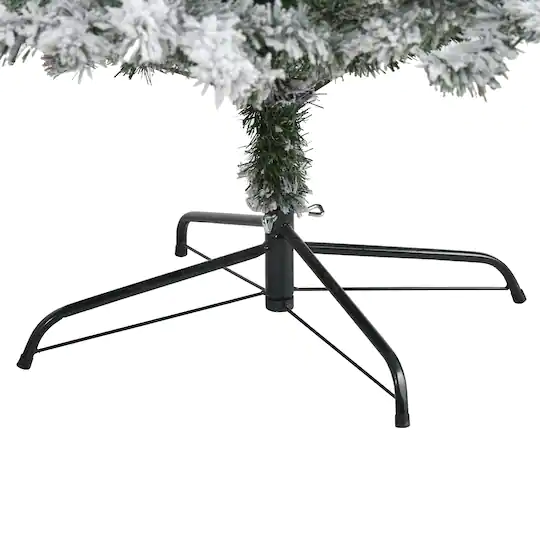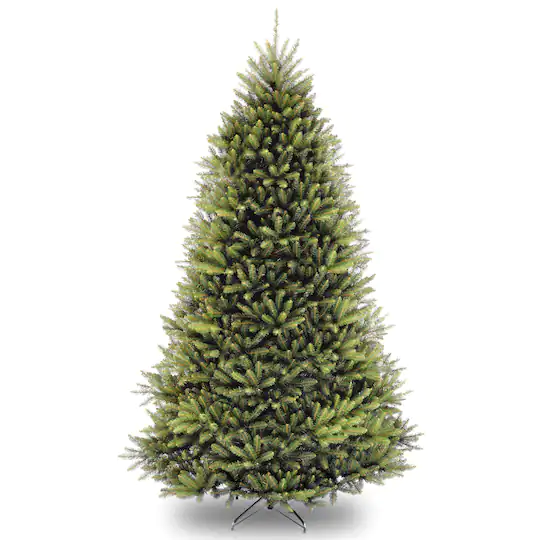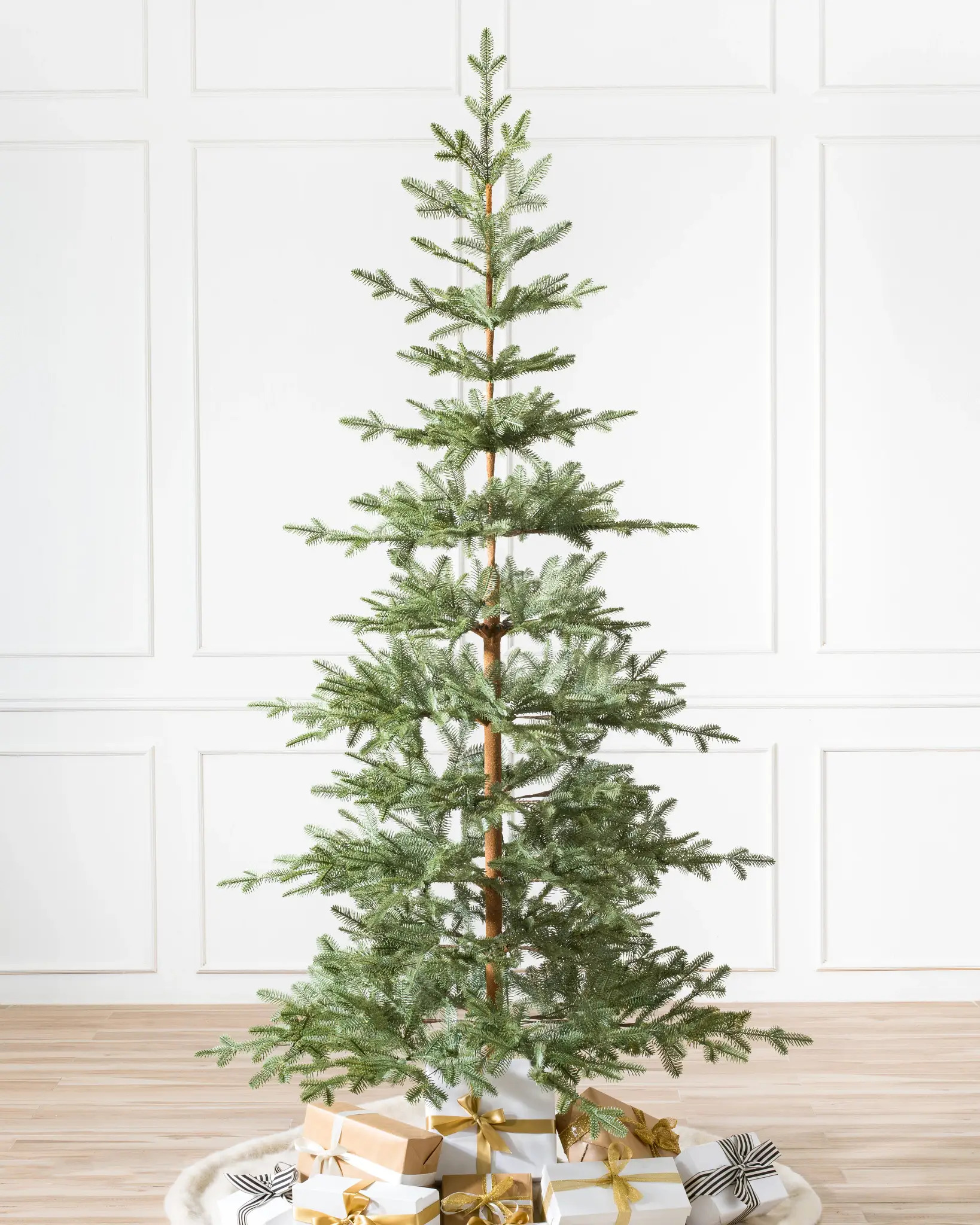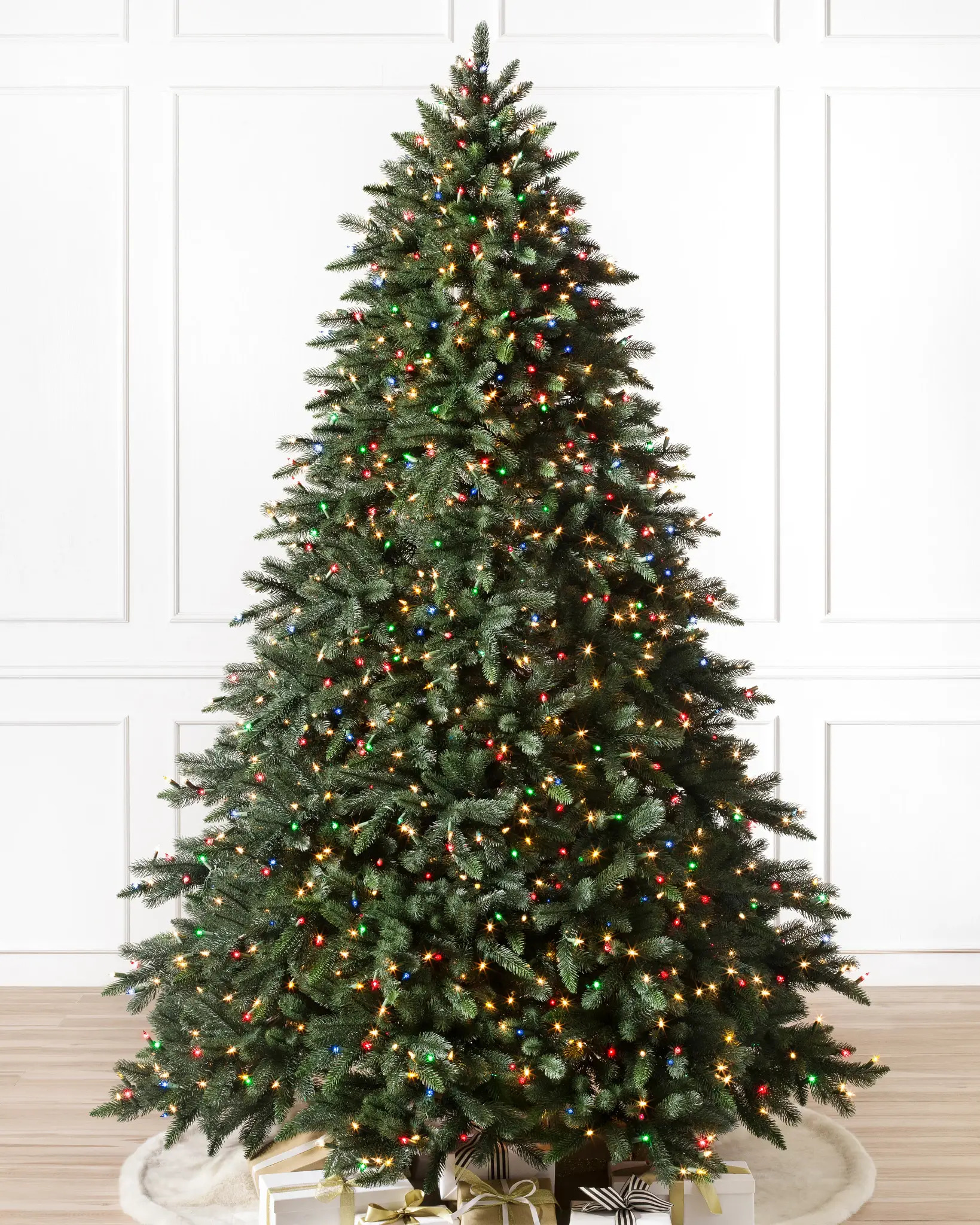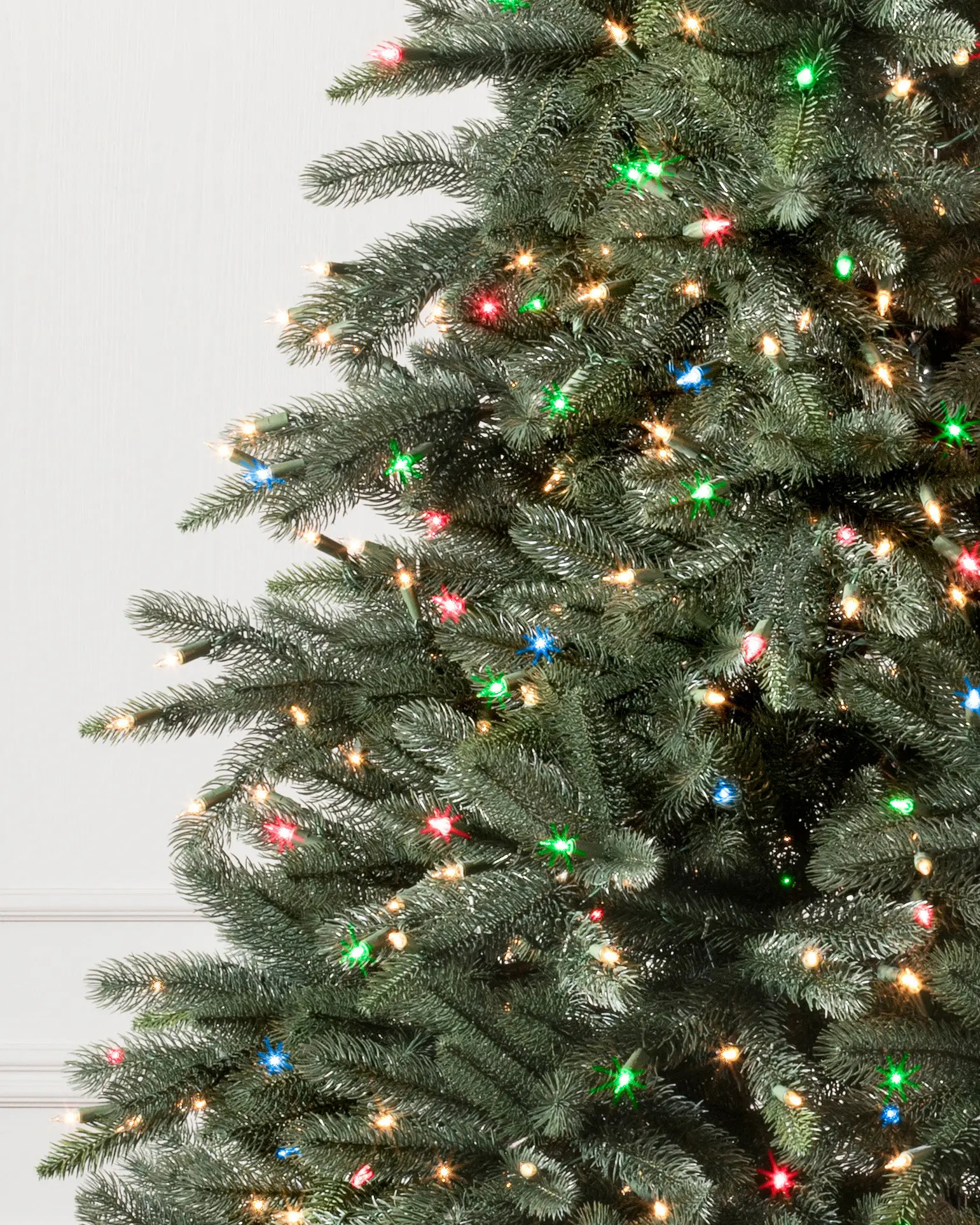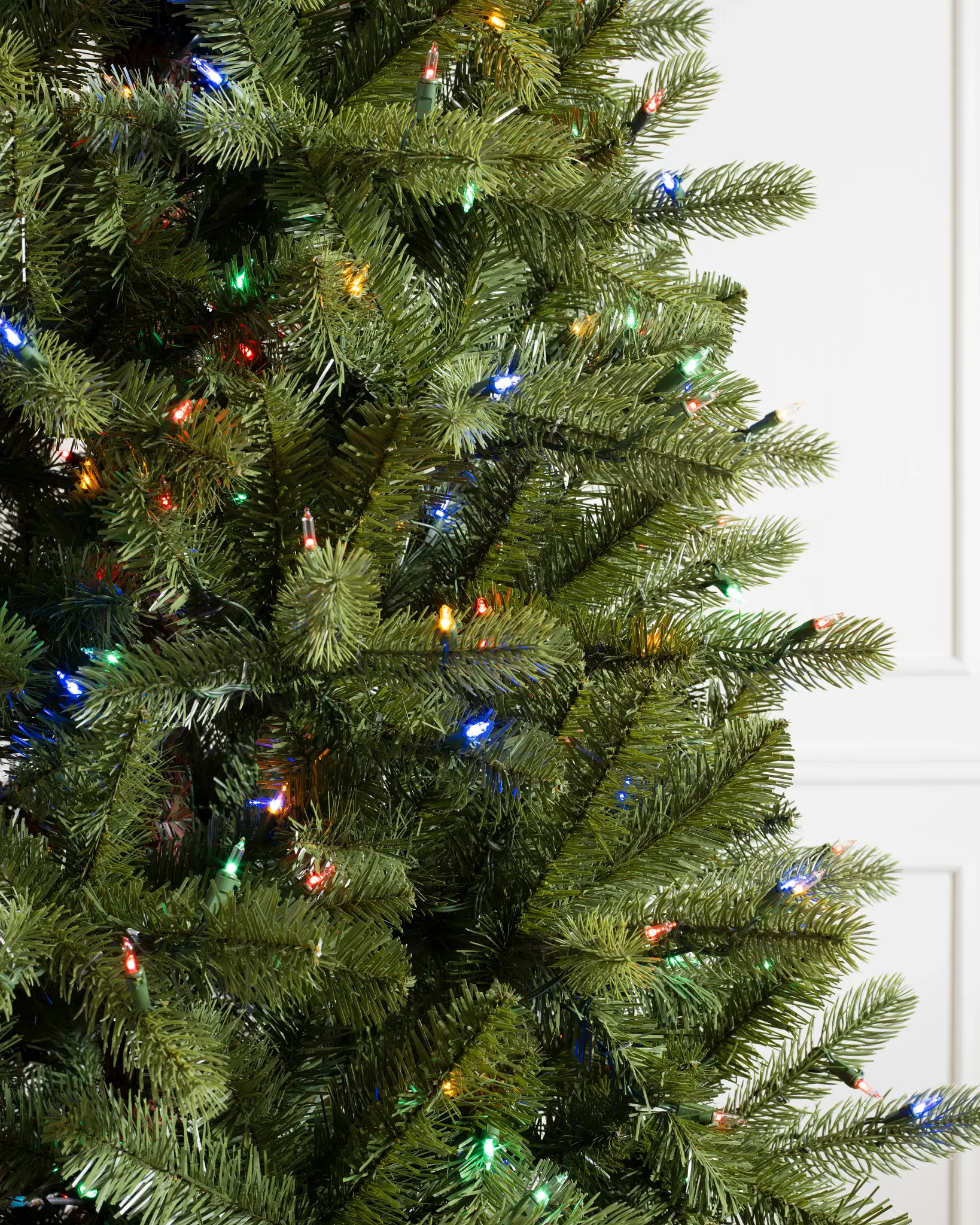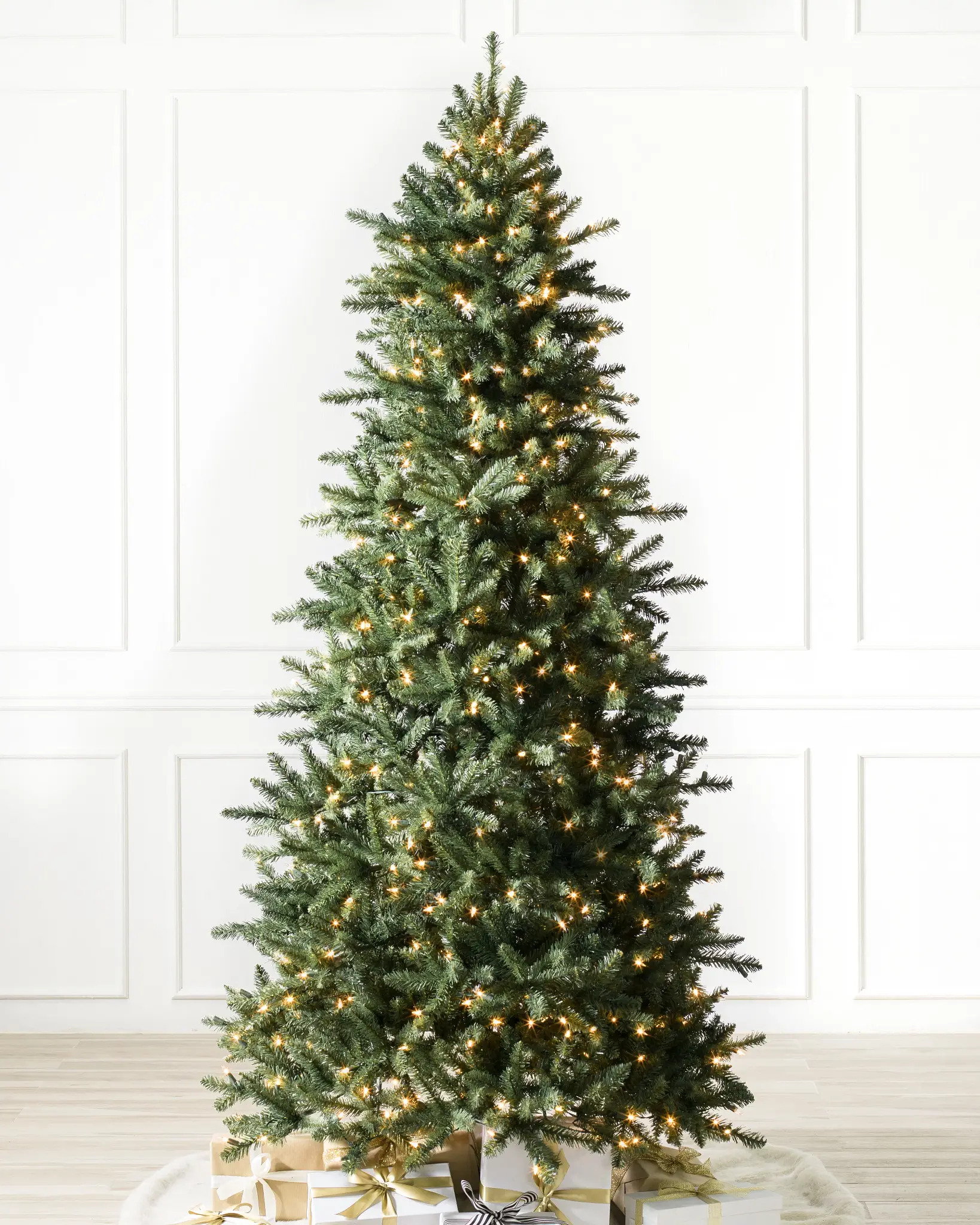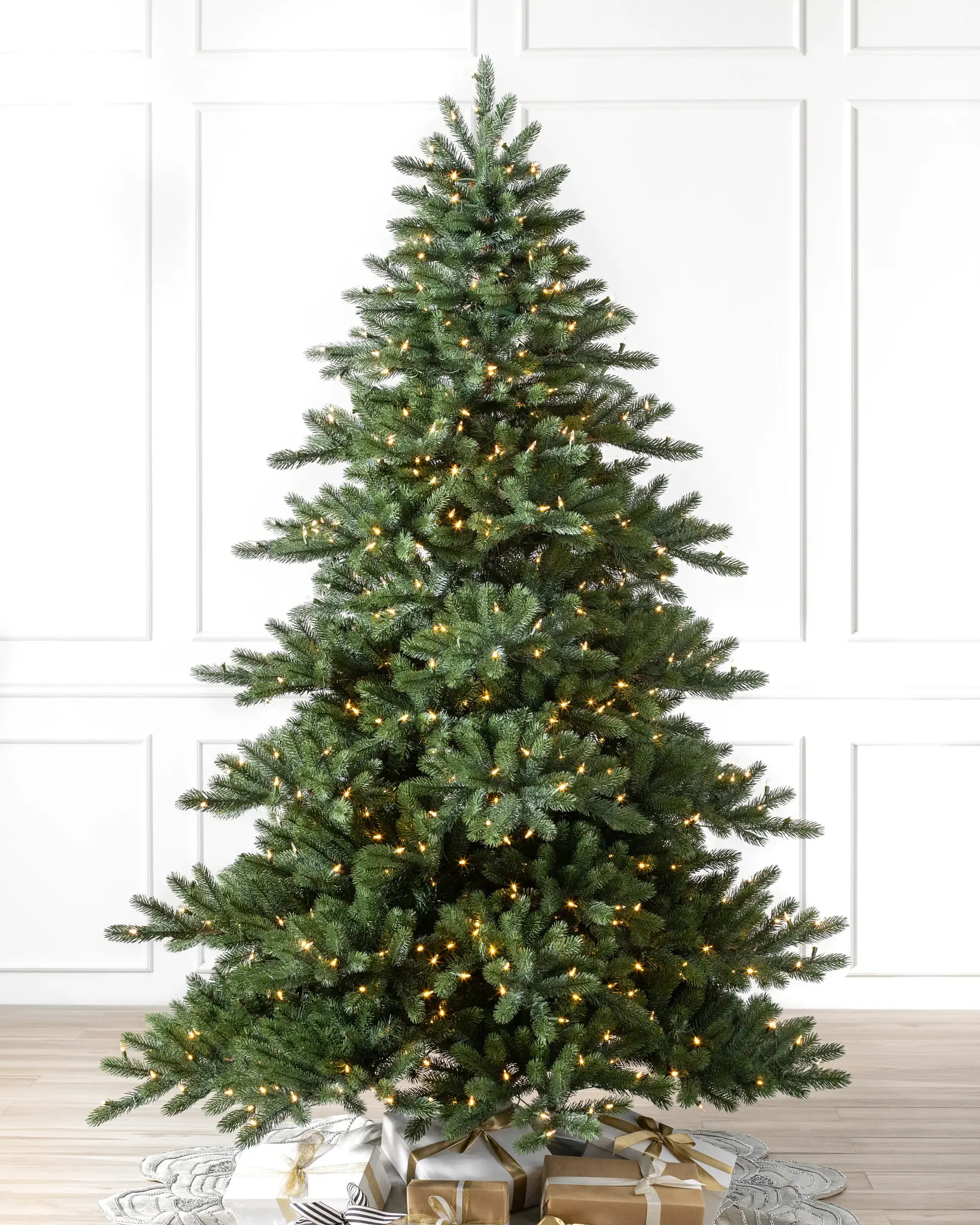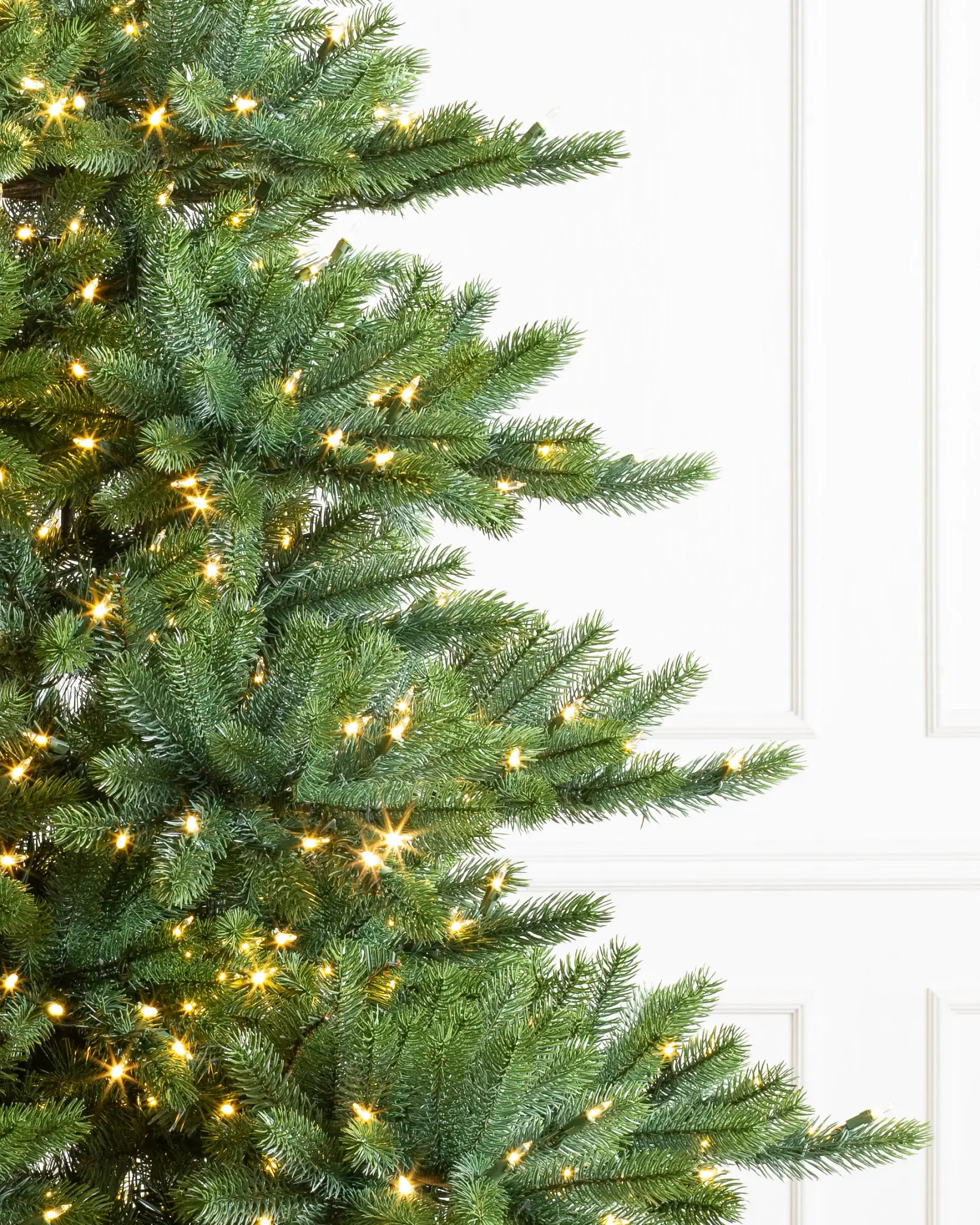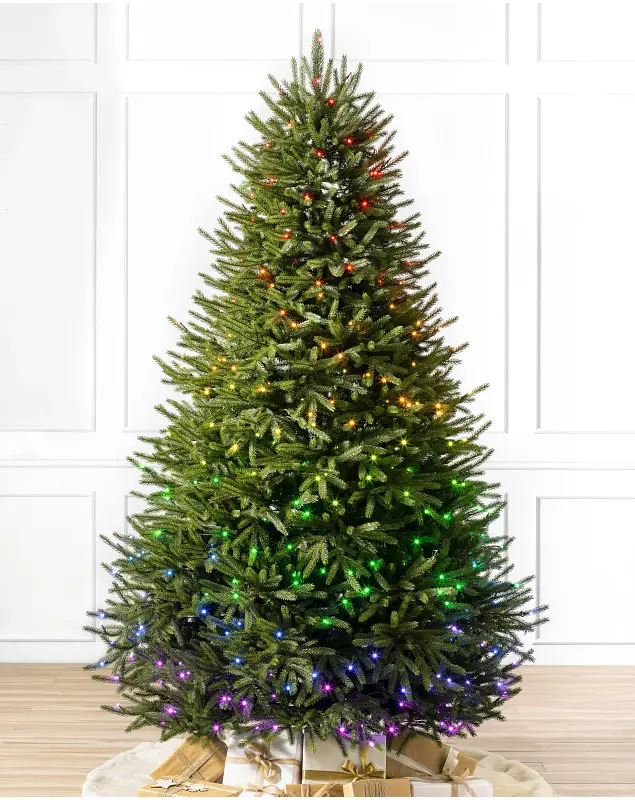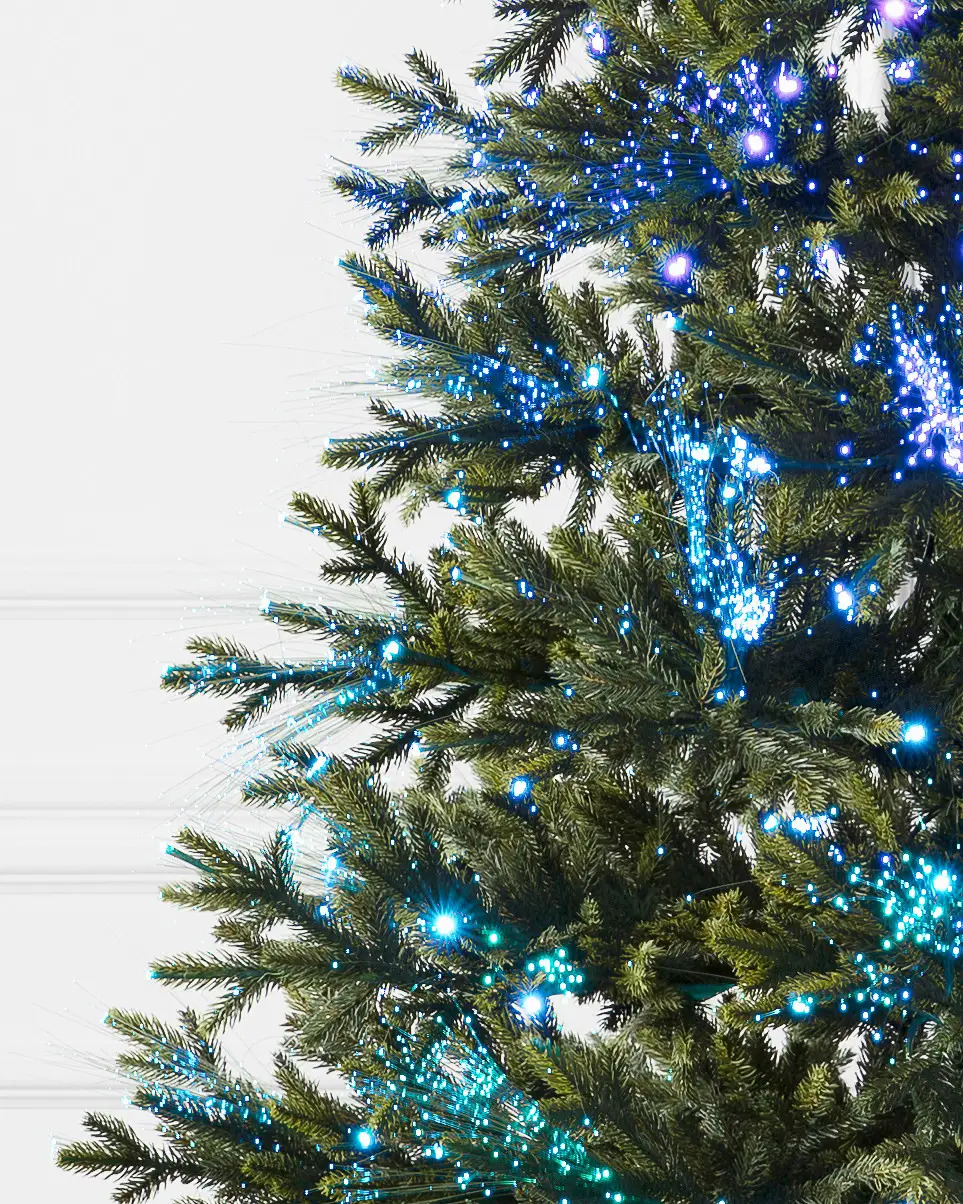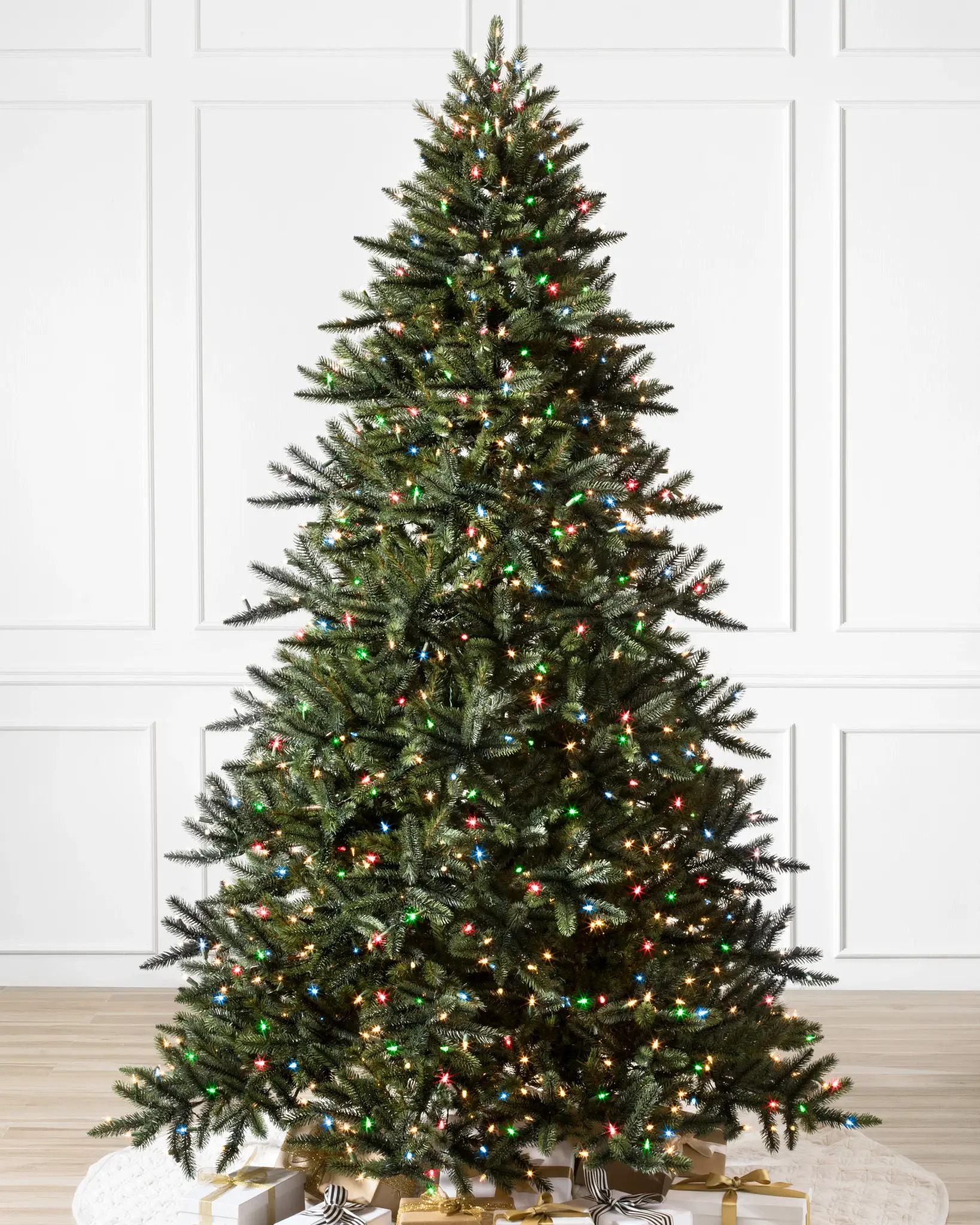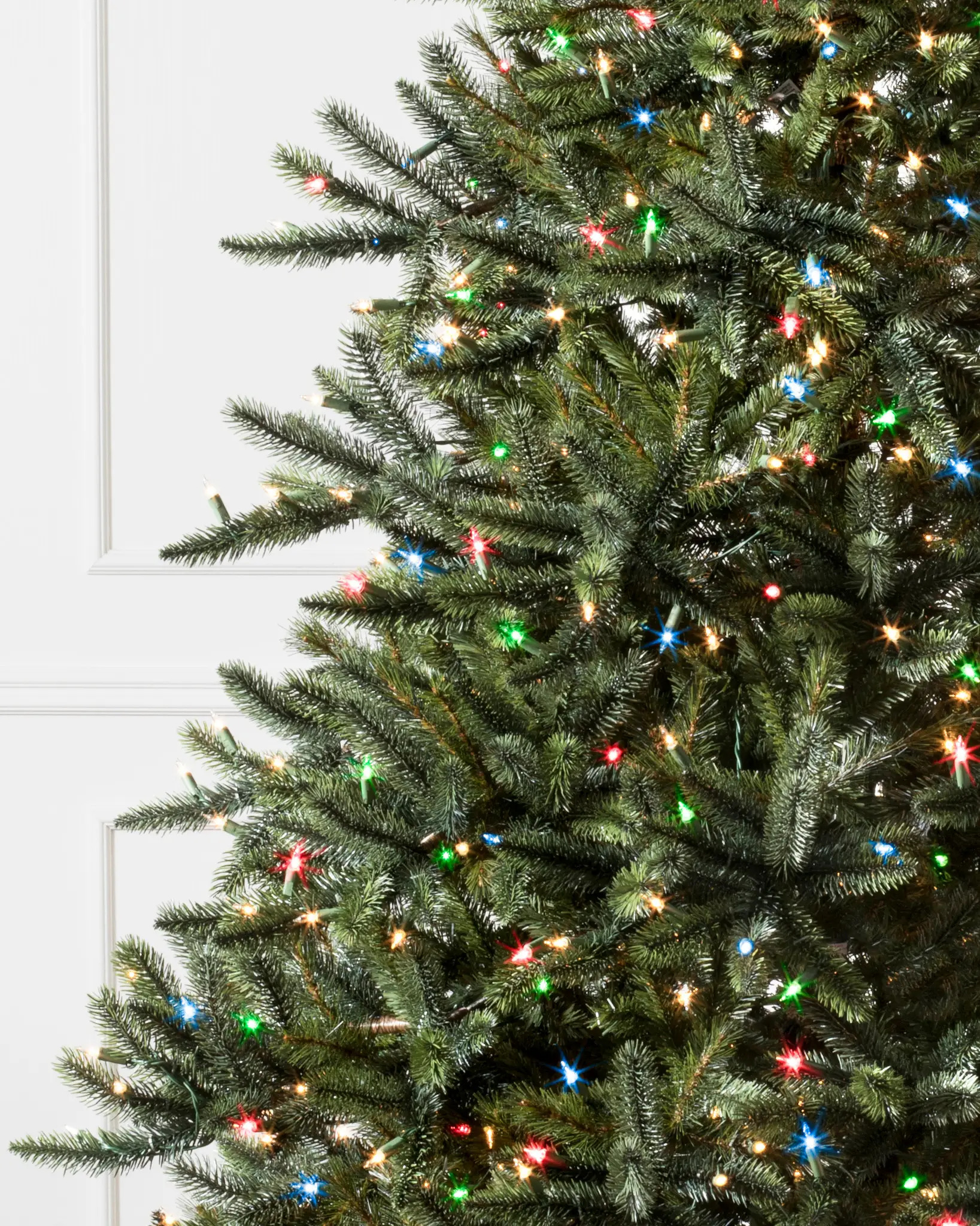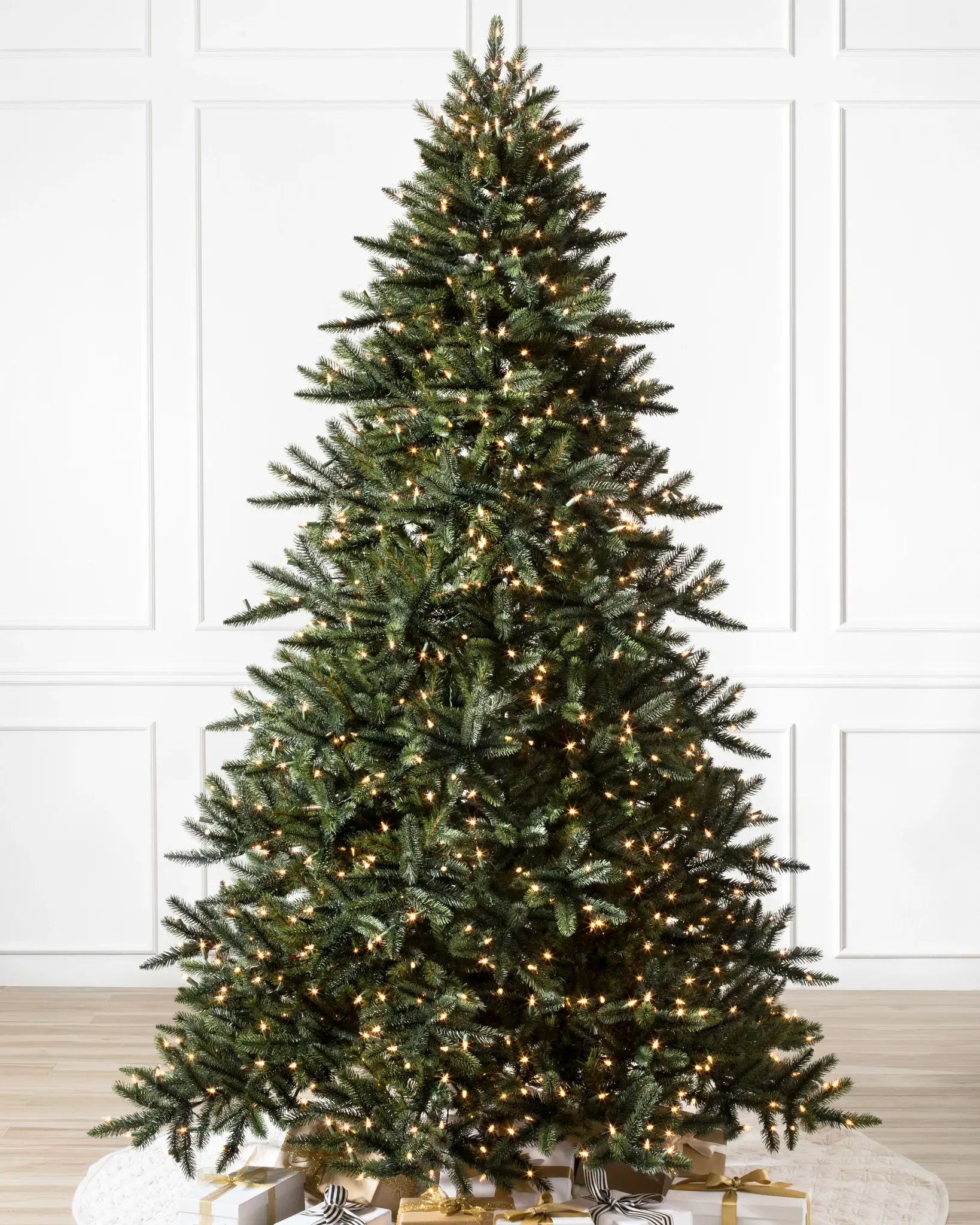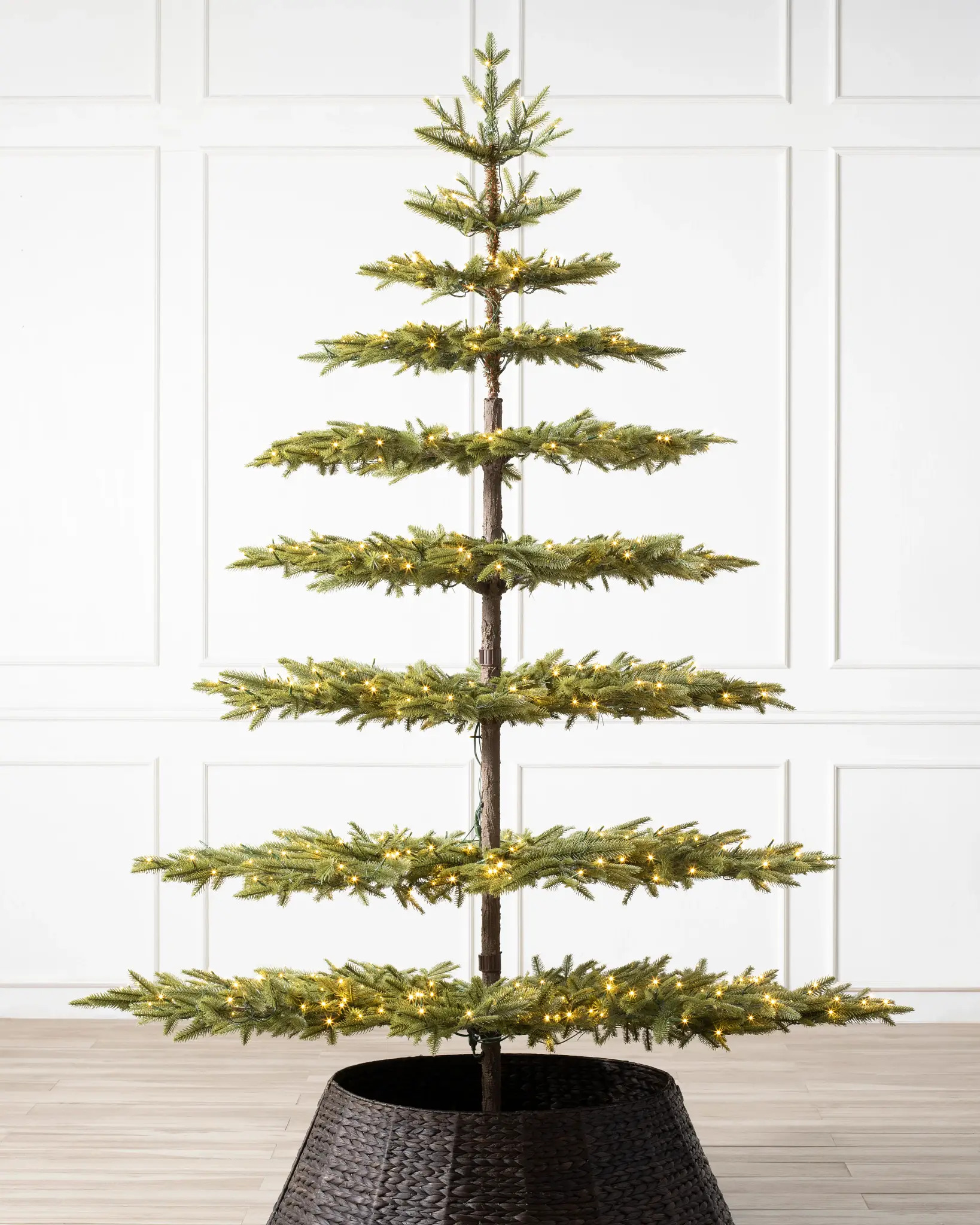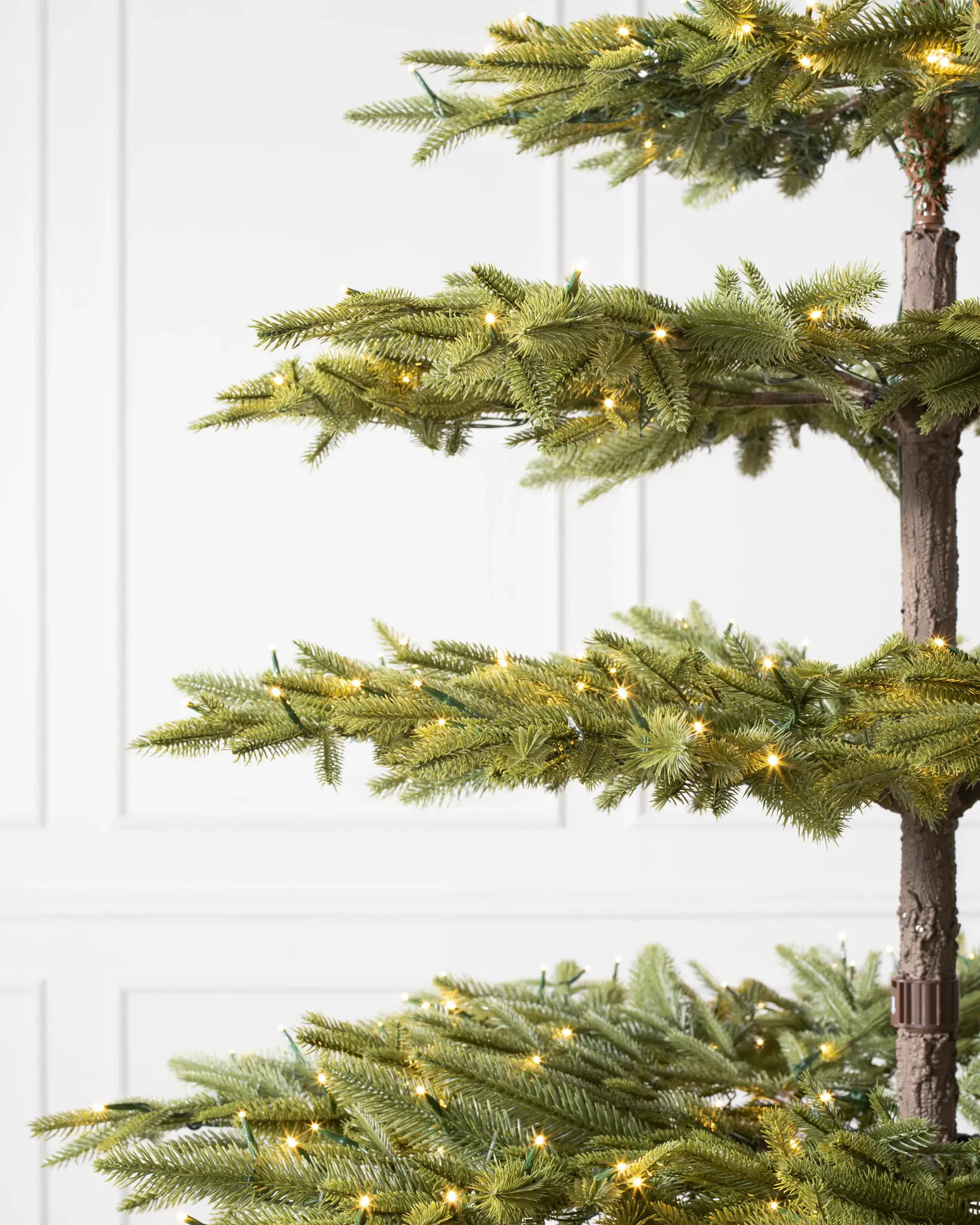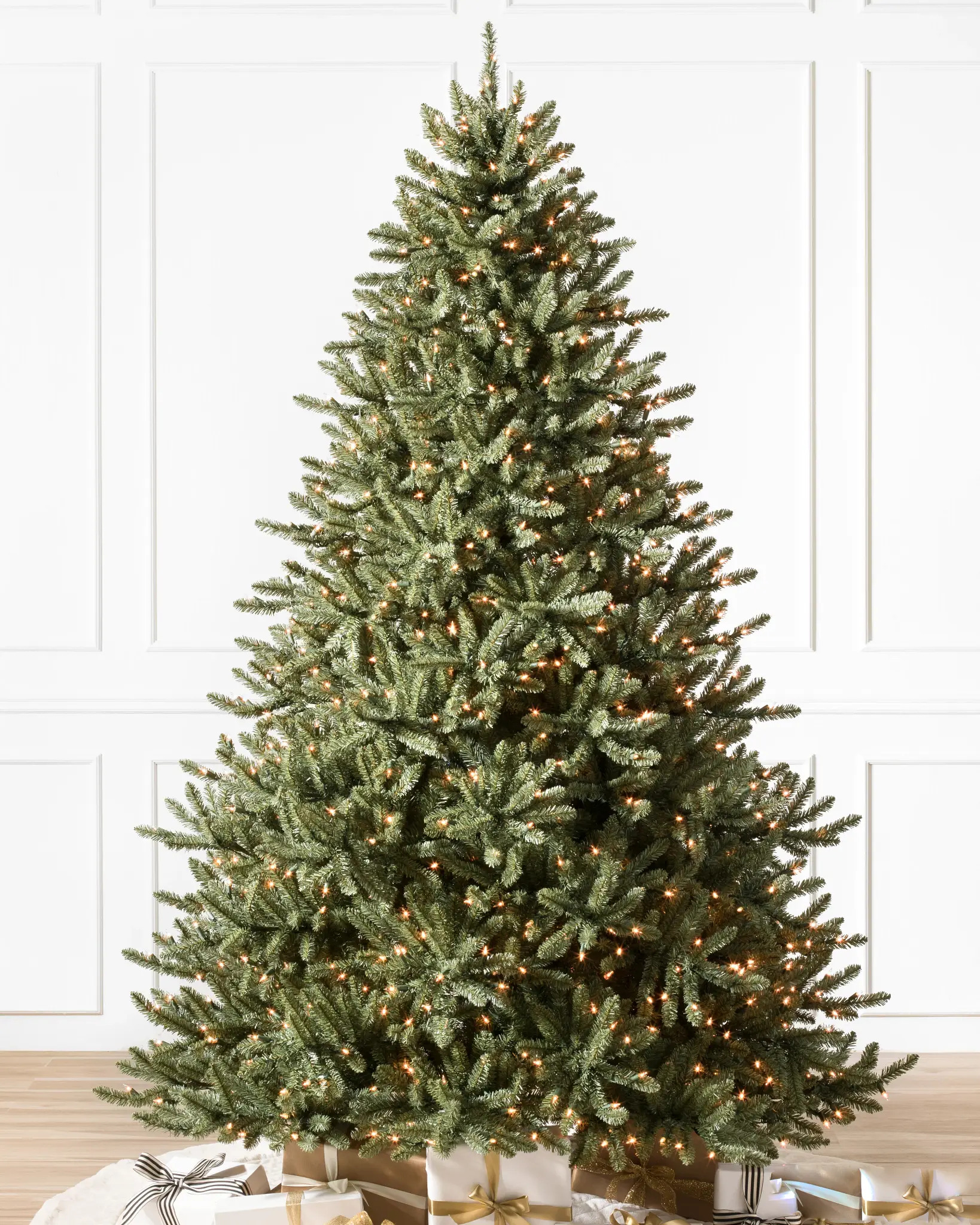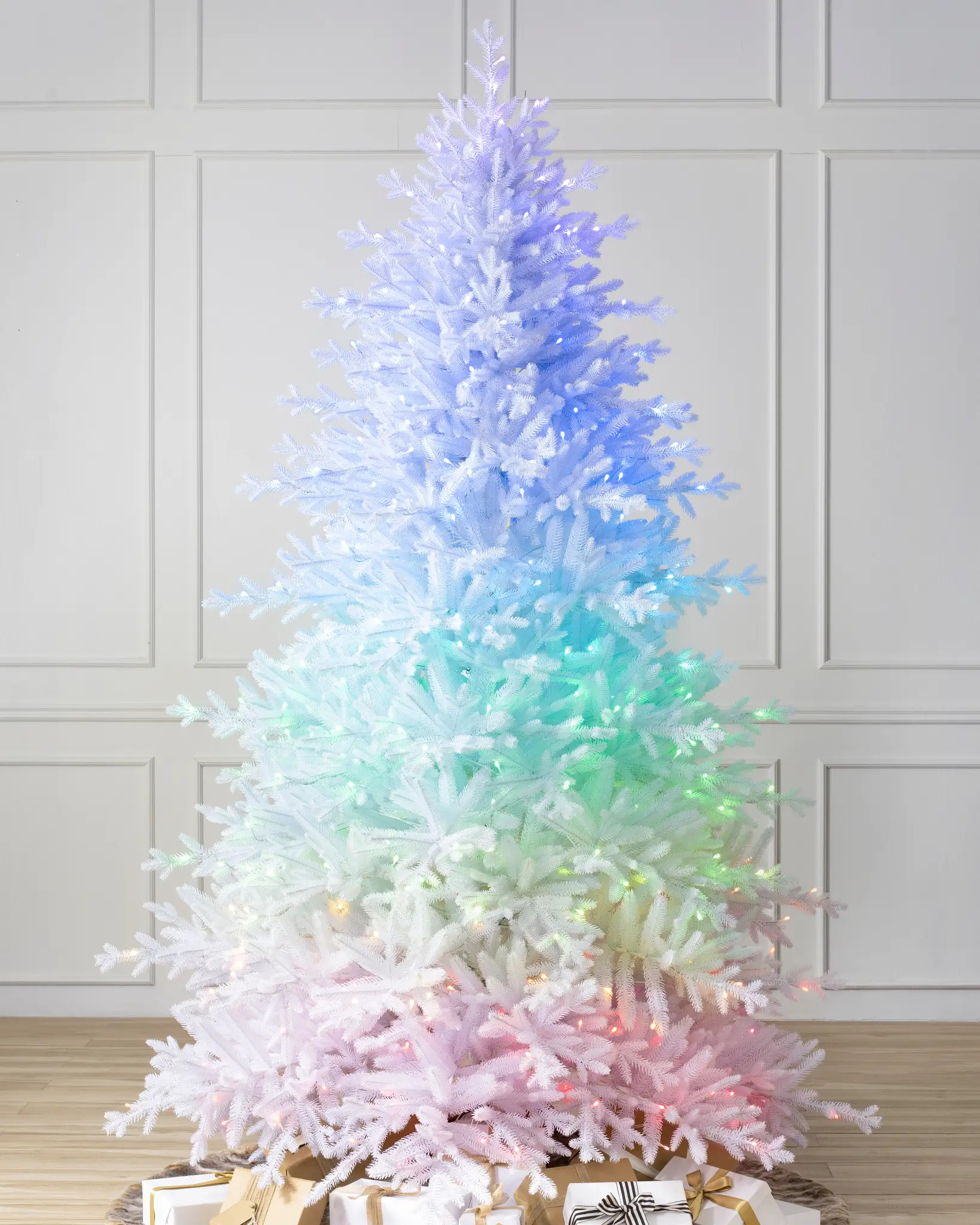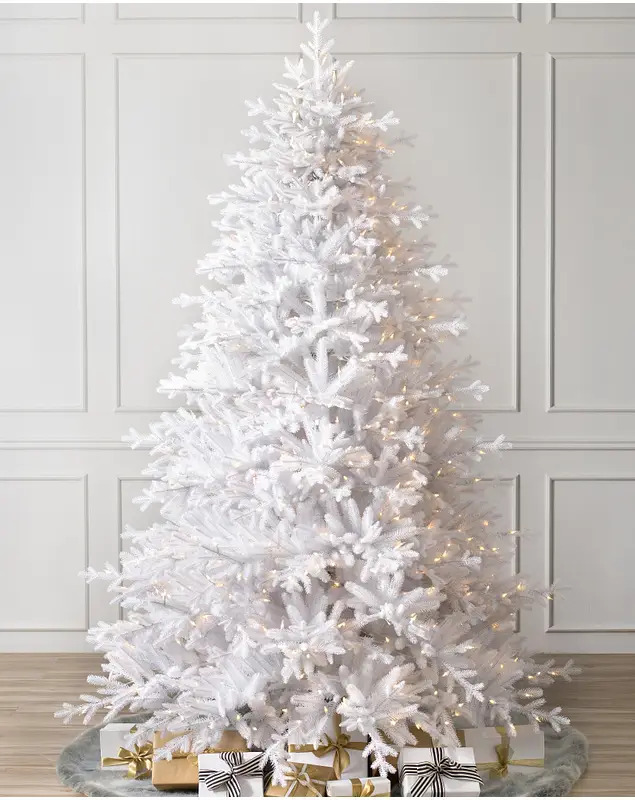Artificial Christmas trees have become increasingly popular due to their convenience, durability, and variety. They provide a festive and traditional holiday feel without the maintenance that comes with a real tree, making them an ideal choice for many homes and businesses. Here’s an overview of artificial Christmas trees, including their types, benefits, and tips for choosing the right one.
What Are Artificial Christmas Trees?
Artificial Christmas trees are manufactured trees made from materials like PVC (polyvinyl chloride), PE (polyethylene), or other synthetic materials. They are designed to mimic the look of real evergreen trees and come in a variety of shapes, sizes, and colors to fit any style or preference. These trees can be found pre-lit, unlit, or even with added features like frost, snow, or pine cones for a more realistic appearance.
Types of Artificial Christmas Trees
- Traditional Green Trees
- Mimic the classic look of real evergreens like spruce, fir, and pine.
- Available in various shades of green with realistic-looking needles.
- Flocked Trees
- Feature a snow-dusted appearance for a wintry look.
- Great for a white Christmas ambiance.
- Pre-Lit Trees
- Come with built-in lights, typically LED or incandescent.
- Available in multi-color or white lights, offering both time and cost savings.
- Fiber Optic Trees
- Use fiber optic technology to emit colorful, changing lights.
- Provide a unique and visually dynamic appearance.
- Slim or Pencil Trees
- Have a narrow profile, perfect for smaller spaces or apartments.
- Offer the holiday look without taking up much floor space.
- Tabletop Trees
- Smaller trees suited for tabletops, offices, or smaller rooms.
- Range from simple designs to fully decorated miniature trees.
- Colored Trees
- Available in various colors like white, blue, pink, and even metallic finishes.
- Great for those looking to break away from traditional green.
Benefits of Artificial Christmas Trees
- Convenience
- No need to water or clean up fallen needles.
- Easy setup and takedown, often in a matter of minutes.
- Cost-Effectiveness
- Though they may have a higher upfront cost, they last for several years, which can be cheaper than buying a real tree annually.
- Variety and Customization
- Available in different styles, sizes, and colors.
- You can choose between pre-lit and unlit versions, with or without additional decor.
- Environmental Considerations
- While artificial trees are made of synthetic materials, they can be reused year after year, reducing waste compared to real trees that are discarded annually.
- Allergy-Friendly
- Ideal for those with allergies to real trees or sensitive to pollen and mold that real trees may carry indoors.
How to Choose the Right Artificial Christmas Tree
- Size and Height
- Measure the space where you plan to place the tree, considering both width and ceiling height.
- Standard sizes range from small tabletop trees to 12-foot giants for large rooms or commercial spaces.
- Shape and Profile
- Full-sized trees offer a traditional look, while slim or pencil trees fit into narrow spaces.
- Choose based on the room layout and available space.
- Lighting
- Decide between pre-lit (saves time) and unlit (allows you to customize with your own lights).
- Consider whether you prefer white lights, multi-colored lights, or fiber optic options.
- Materials and Realism
- Higher-end trees often use PE needles, which are more realistic in look and feel compared to PVC.
- Some trees mix PE and PVC for a balanced look and durability.
- Assembly and Storage
- Look for trees that are easy to assemble and store, ideally with hinged branches that fold down for compact storage.
- Some models come with storage bags for added convenience.
Caring for an Artificial Christmas Tree
- Dusting: Occasionally dust the tree to keep it looking fresh.
- Proper Storage: Store in a cool, dry place when not in use, preferably in a storage bag or original box to protect it from dust and damage.
- Avoid Direct Sunlight: Keep it away from direct sunlight to prevent discoloration.
16 results
-
10 ft. Dunhill® Fir Full Artificial Christmas Tree, Unlit $514.00Add to cart
10 ft. Dunhill® Fir Full Artificial Christmas Tree, Unlit
-
8ft. Unlit Flocked Rock Springs Spruce Artificial Christmas Tree $164.00Add to cart
8ft. Unlit Flocked Rock Springs Spruce Artificial Christmas Tree
-
9 ft. Unlit Dunhill® Fir Full Artificial Christmas Tree $394.00Add to cart
9 ft. Unlit Dunhill® Fir Full Artificial Christmas Tree
-
-
-
-
-
-
-
-
California Baby Redwood® Flip Tree® $1,899.00 – $2,699.00Select options
California Baby Redwood® Flip Tree®
-
-
-
-

